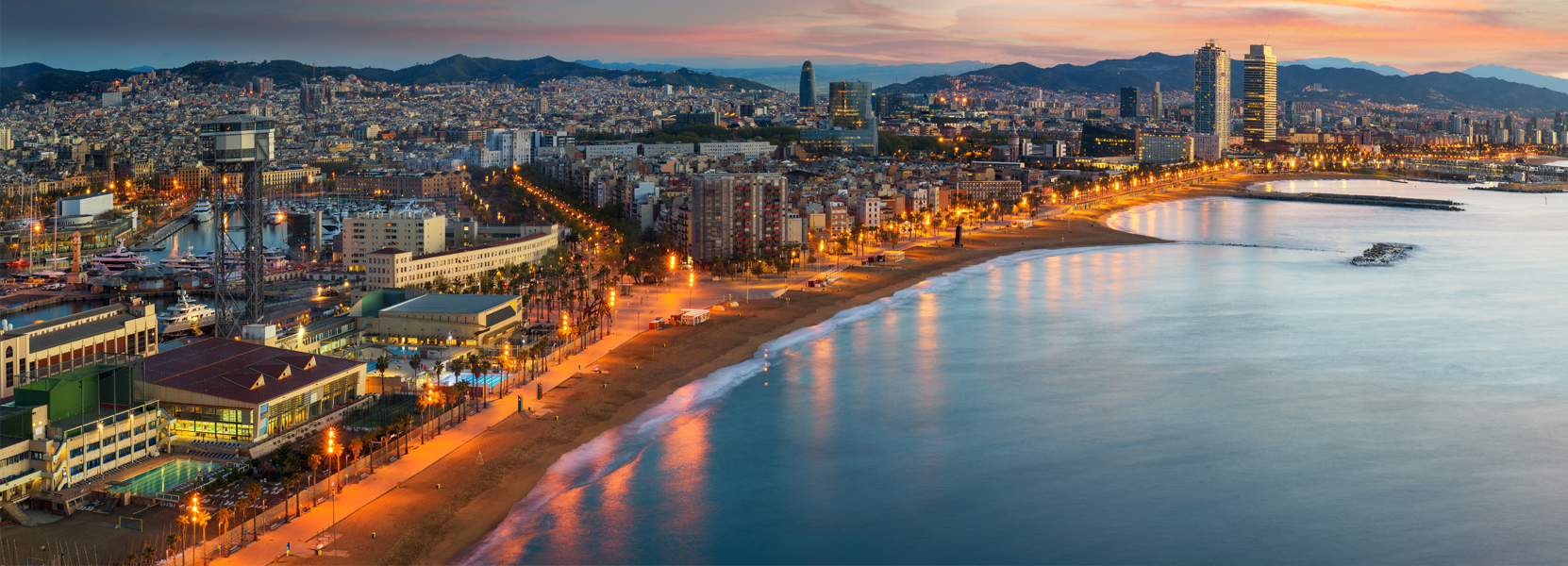Towards a bio-inspired burrowing robot: Influence of the tip shape for soil vertical penetration.
Please login to view abstract download link
Over the past decade, our society has faced pressing challenges, including the onset of climate change and the imperative shift towards cleaner energy sources. These challenges have compelled us to seek innovative and sustainable solutions for tasks like exploring soil, deploying and maintaining utilities, and tunneling where conventional tools fall short. Nature, offers a unique wellspring of ideas for crafting highly effective and minimally invasive engineering technologies for fragile environments, through the principles of biomimicry. A striking example of this are earthworms, which, through evolution, have perfected the art of burrowing into the earth. Pioneer works on artificial burrowing earthworms have been proposed in the robotic and geotechnical communities in the last few years (e.g. [1], [2]). Their pliant bodies are adept at harnessing peristaltic motion to excavate and navigate through different environmental conditions. Whether anchoring themselves in soft terrain, penetrating through rigid underground layers, or maneuvering through loose sand, earthworms showcase nature's ingenuity in solving complex locomotion challenges. The current work presents the development of a bio-inspired hydraulic-driven robot, mimicking morphology and behaviour of a Lumbricus terrestris. When most of the earthworm-inspired robots focus on horizontal soil burrowing in uniform terrains, we explore the vertical burrowing with an experimental parametric analysis that includes the possibility of burrowing in different soil types varying vertical stresses, degrees of humidity and compaction. Various soft elastic materials and tip shapes are tested to facilitate the process without yielding the robot’s body fabric and limiting the disturbance of the soil microstructure. Our prototype can hold high inflating pressure and vertical advancement in a granular soil at shallow depth. Preliminary results have shown that the selected design and materials support an inner pressure up to 2 bar, and perform, in dry sand, a tip advancement of 12, 6, 2.5 cm for a depth of 3,5,7 cm, respectively.

